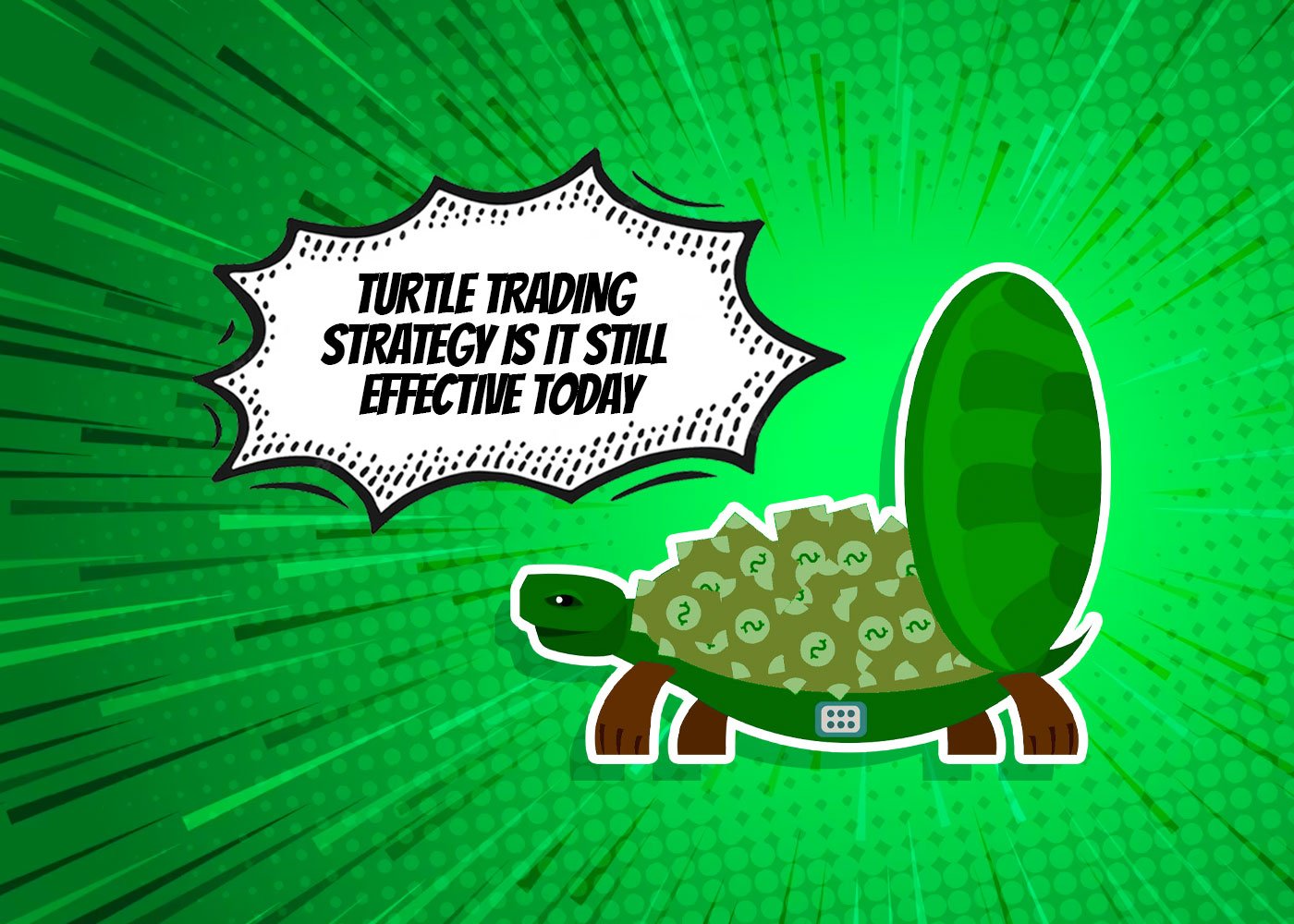For decades now, the Turtle Trading Strategy has been utilized as a reliable market analysis method by traders worldwide. It was first developed in the mid-1980s as a powerful way to make money in financial markets without going through hours of complex technical analysis. The strategy involves entering and exiting trades based on certain conditions informed by parameters that define a price range or trend. But is this well-known trading system still relevant today? In this blog post, we delve into the history and evolution of Turtle Trading, analyze its effectiveness today compared to other investment strategies – both traditional and modern – and discuss potential risks associated with it.
What Is Turtle Trading Strategy?
The Turtle Trading strategy, created by Richard Dennis and William Eckhardt in the 1980s, is a trend-following approach to trading. Perhaps aptly named after the slow and steady turtle that won its race according to Aesop’s Fables, this method identifies long-term trends in financial markets with a few simple principles:
- Follow the trend: With trend following, our strategy seeks to leverage the power of price direction. By buying when the market is on an uptrend and selling as soon as it declines, we maximize opportunities while riding the wave. We use technical analysis to evaluate current trends to invest wisely and capitalize on their momentum for lasting success.
- Use a set of rules: This strategy relies on a set of guidelines to enter and exit trades based on technical indicators like moving averages, channel breakouts, and relative strength. The system uses “units” to manage the trading process – each unit symbolizes a fixed percentage of your account’s equity; for example, if you have $100K in capital per unit would amount to 1% or $1K worth. The number of units used for any given trade will depend upon the market volatility at that time.
- Manage risk: This strategy underlines the necessity of risk management by leveraging stop-loss orders to decrease potential losses. The predetermined percentage for these orders is fixed and able to be modified according to the price movements in favor of your trade. For example, if you initially set this at 2% lower than the entry rate, once it improves, you could adjust it down further – say 1%.
- Diversify: Diversify the portfolio by trading in different markets and asset classes. This strategy reduces overall risk significantly. Furthermore, it utilizes a pyramid approach that adds to winning trades as their prices move favorably, helping you maximize your profits while still being mindful of potential risks.
- Stick to the plan: The strategy placed emphasis on adhering to the plan and not letting emotions cloud decision-making. This assurance of consistency in trading is reinforced by money management regulations, like only risking a maximum of 2% of an account’s equity per trade.

The Success of Turtle Trading Rules:
By following the Turtle Trading strategy, many traders have seen huge profits over the years. Richard Dennis and William Eckhardt trained a group of individuals in this method back in the 1980s, who are now renowned for having made millions by its application. This system has been tested and proven to be successful time after time; anyone willing to put it into practice can see profuse success!
Although it offers many benefits, the Turtle Trading system does not guarantee success. Succeeding with this strategy requires discipline, commitment, and an understanding that losses can occur. Achieving results depends on several important considerations, such as correctly perceiving trends, accurately managing risk, and diversifying your portfolio- all while maintaining a stalwart stance to stick to the plan by avoiding any impulse decisions driven by emotion.
Conclusion:
Although the turtle trading strategy has been around since the 1980s, it can still be used effectively today. It relies on short- and long-term trading rules to minimize risk while aiming for larger profits. The psychology behind the strategy is that, over time, investors will experience both gains and losses but will decrease their losses so that their gains exceed them. This ultimately makes Turtle Trading successful and why it continues to be a popular investing strategy among traders. While there are no guarantees when it comes to trading, Turtle Trading can help you remain disciplined throughout the process and lead you closer to your financial goals. With this in mind, exploring its many components could prove to be advantageous as you embark on your own trading journey.








